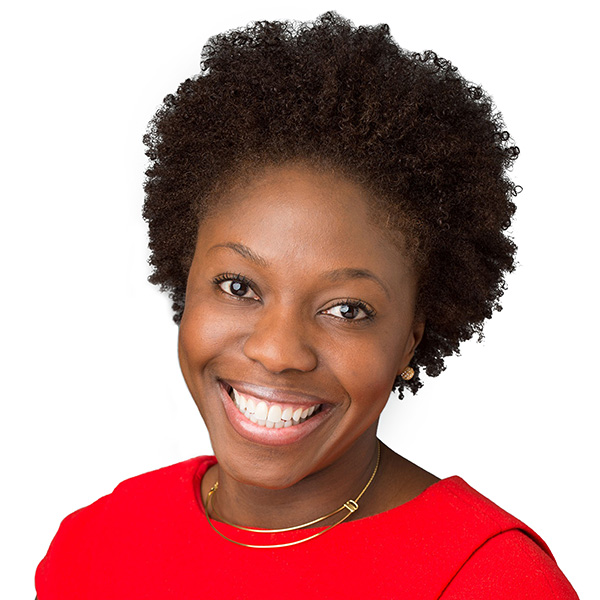The Global Macro, Balance Sheet & Risk team recently published its Mid-Year Outlook for 2024: Opportunity Knocks detailing where the team continues to see compelling investment opportunities across the global macro landscape. Below, we have taken five key ideas from the Mid-Year and provided considerations specific to our financial advisor and individual investor partners. These views also complement and carry over to our latest Global Wealth Investment Playbook. While we do think that stronger growth and more favorable central bank policy should help support risk assets as we head into 2025, we continue to caution that it will likely be bumpy.
- While we remain cautiously optimistic about global economic growth, especially in the U.S. and Japan, this year we are tracking closely pockets of weakness especially in consumer segments across geographies. Moreover, Tectonic Shifts including the energy transition, the rebalancing of labor dynamics, the emergence of AI, and a shift from “Benign Globalization” to “Great Power Competition,” which altogether result in massive fiscal spending, are upholding the new investing regime defined by an elevated inflationary bias, which is driving a higher correlation between stocks and bonds. We think investors should shift from the traditional 60/40 allocation to help overcome this increasing correlation between stocks and bonds. In our view, incorporating Alternatives is one way to boost diversification benefits.
EXHIBIT 1: Despite Inflation Falling on a Cyclical Basis, the ‘New’ Positive Relationship Between Stocks and Bonds Remains Strong
U.S. Stock-Bond Correlation and U.S. CPI, %

- The scaling of Artificial Intelligence requires substantial investment in energy infrastructure, semiconductor fabs, and data centers. While demand for these assets is increasing, most developed economies don’t have the infrastructure in place to meet this need and many governments lack the fiscal capacity to meet the demands. Advisors may wish to consider Private Infrastructure as a way to tap into global megatrends like Artificial Intelligence and the Energy Transition.
EXHIBIT 2: Hyperscaler Data Centers Which Are the Biggest and Fastest Growing Part of the Market, Require More Energy, Racks, and Cooling Systems, Offering Compelling Opportunities in Infrastructure
Global Data Center Power Usage Per Year, TWh

- We believe that Japan is undergoing an economic reawakening, which is largely being driven by favorable monetary policy and targeted corporate reform. Consistent with this view, we think that the corporate carve-out opportunity in Japan, especially in Private Equity, remains compelling given the existence of larger conglomerates with non-core assets. There is also an opportunity to separate attractive real estate holdings from a company’s core business to unlock value. That said, we do expect the yen to remain weaker for longer and highly volatile, so we encourage Advisors to hedge appropriately.
EXHIBIT 3: We Expect Divestments in Japan’s Corporate Carve-Out Arena to Continue
Top Five Select Japan Conglomerates Number of Subsidiaries and Affiliates

- We strongly believe Private Credit should be a permanent allocation in an individual’s portfolio. Today we view attractive opportunities in Asset- Based Finance (ABF) and see it as a more interesting destination for new capital on a relative value basis versus other areas of Private Credit. ABF offers collateral protection as well as healthy yields, which is especially interesting, given spreads in the High Yield market are thin. In other Credit verticals, despite recent spread tightening, Real Estate Credit remains attractive.
EXHIBIT 4: Banks Have Reduced Lending Activity for a Large Cohort of Creditworthy Borrowers, Increasing Demand for Private Lending. Recent Bank Turmoil Has Also Caused Further Tightening
Total Number of U.S. Commercial Banks, %

- High net-worth individuals tend to want to own longer duration tax-efficient assets. We believe participating in reinsurance transactions, which offer both attractive tax-deferred features as well as low correlation to public markets, is one interesting way to complement other yield-oriented asset classes such as Private Credit, especially as more insurers are looking for partners to reinsure their policies, such as in block transactions, to free up capital for buybacks and/or to write new policies. Beyond relatively stable returns and solid yield, the asset class’s low correlation to more traditional fixed income is a compelling alternative which we suggest Financial Advisors consider more closely.
EXHIBIT 5: Historically Reinsurance Transactions Have Had Low Correlation to Other Public and Private Assets
Correlation of Asset Classes (2012-2023)

In sum, we are inclined to maintain a pro-risk posture, but remain vigilant, especially around certain areas of consumer spending. While we have mostly highlighted opportunities in private markets, we see some opportunities in public markets too, e.g., in the home building and biotech sectors. However, given our expectations for the macro environment, we believe an investing Regime Change requires a shift from the traditional 60/40 allocation. By incorporating private asset classes, our work suggests that allocators of capital can achieve higher diversification, hedge against inflation, and boost their return potential over the next five years.







